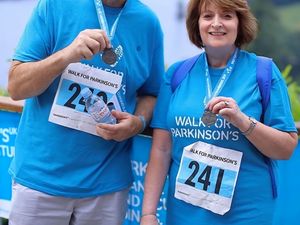Gap between borough's most and least deprived wards is increasing
The gap between a council borough's most and least deprived wards is increasing – with knock-on effects for poor areas’ health and life expectancy, a report says.

Telford & Wrekin Council's Health and Wellbeing Board will discuss approving its 2021-2023 Health Inequalities Plan this week, and public health consultant Helen Onions says disparities that were “already persistent” before the arrival of Covid-19.
A presentation for the board notes that, out of the 108 census areas in Telford and Wrekin, the number in England’s 10 per cent most deprived increased from 15 to 18 between 2015 and 2019, while the number in the least deprived also rose in that period, from six to eight.
The board, which consists of councillors, council and NHS managers and voluntary sector representatives, will meet on Thursday, September 30.
In her report, Ms Onions writes that: “Our Health and Wellbeing Strategy clearly commits to drive progress on tackling health inequalities.
“The strategy recognises that need to accelerate targeted collaborative local action to reduce increasing health inequalities.”




